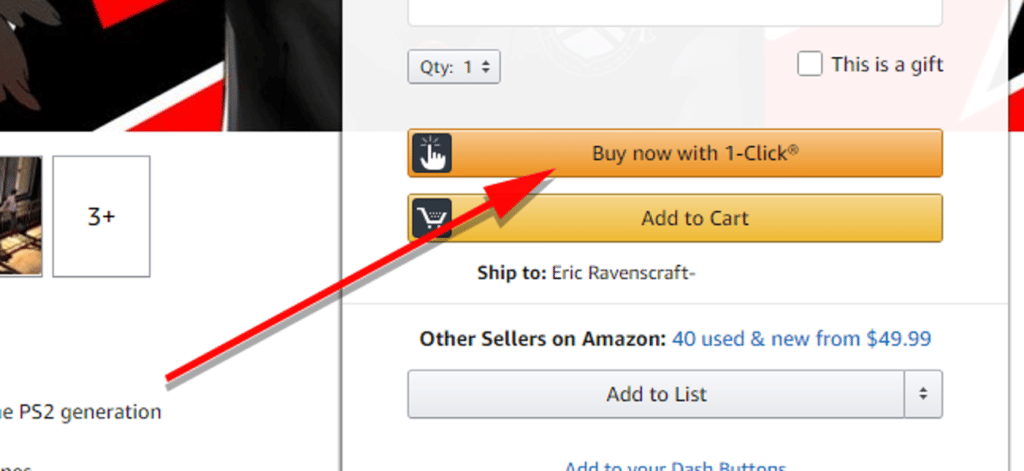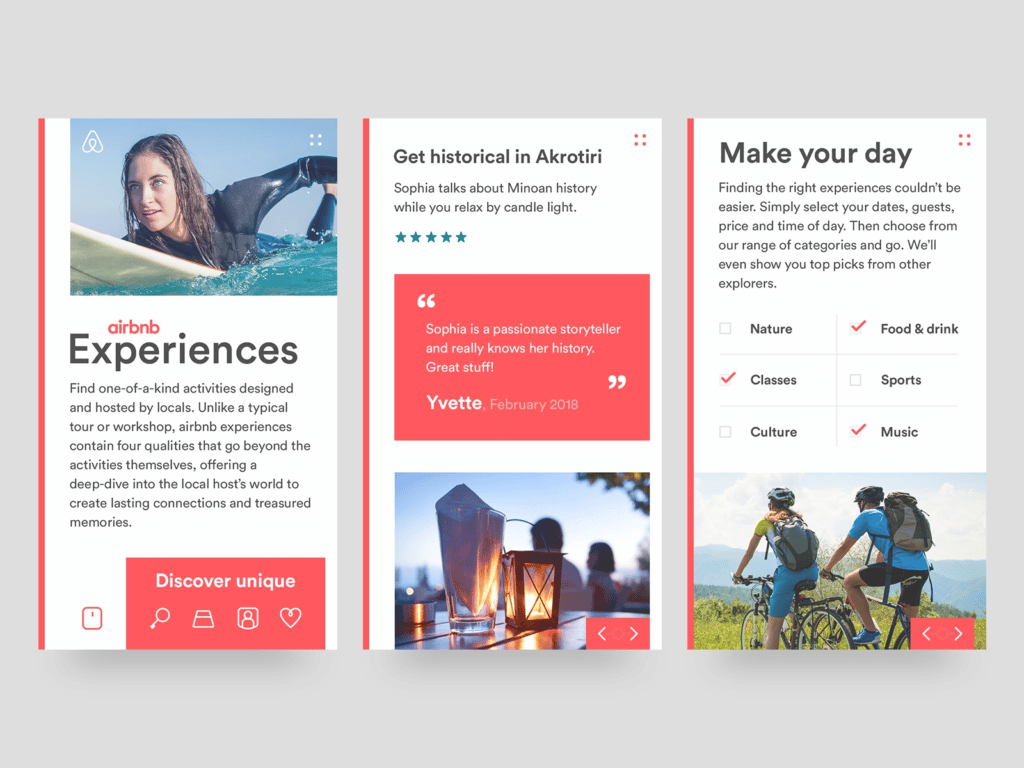In today’s digital landscape, UX design has become increasingly important. Consumers have come to expect high-quality and seamless experiences from the products and services they use. In addition to improving customer satisfaction and loyalty, UX design can have a significant impact on a business’s bottom line, driving growth and success. This article outlines the importance of User Experience and the role UX plays in every facet of a business product ecosystem.
The Importance of User Experience
A positive user experience can have a significant impact on customer satisfaction and loyalty. According to a study by the User Experience Professional Association (UXPA), “97% of customers say that the overall experience of a product or service has an impact on their loyalty to a company.” When users have a seamless and enjoyable experience with a product or service, they are more likely to return and recommend the service to others. This can lead to increased customer loyalty and repeat business.
A seamless user experience can also improve conversions and lead to increased revenue. According to a study by InVision, “A seamless user experience can lead to an improvement in conversions of up to 400%.” Why? A well-designed user experience can help reduce friction and make it easier for users to complete desired actions, such as making a purchase or signing up for a service.
The Role of UX in Marketing and Branding
UX design plays an important role in marketing and branding. A strong UX design can help a business stand out in a crowded market by providing a differentiated and memorable experience for users. A consistent and recognizable brand experience can also lead to increased brand awareness and recognition. This is because users are more likely to associate positive experiences with a brand.
The Impact of UX on Product Development
The impact of UX on product development is significant. According to a study by Forrester, investing in UX design can lead to a return on investment (ROI) of up to 100%. Why? A focus on the user experience helps ensure that products are designed with the end user in mind. When businesses incorporate user research and testing into the development process, they can gain a better understanding of their target audience and their specific needs and pain points. This information can then be used to inform the design and functionality of the product. This, in turn, results in a product that is better suited to meet the needs of its intended users.
For example, through user research and testing, businesses may discover that a particular feature is important to their target audience. By incorporating this feature into the product design, the user will have a better experience.
For example, incorporating UX into the product development process helped Amazon identify and resolve potential pain points by involving users in the design and testing phases of Amazon’s “1-Click Ordering” feature. Prior to its introduction, users had to manually enter their shipping and payment information every time they made a purchase on the website, which was a time-consuming and repetitive process

Another company that used UX design and research to identify a new product feature that made the company money is Airbnb. Before launching their platform, Airbnb’s co-founders conducted user research to understand their target customers’ needs and pain points. Through this research, they identified that many travelers were looking for a unique, local experiences when they traveled, rather than just a place to stay.
Based on this insight, Airbnb introduced the “Experiences” feature, which allows travelers to book unique, local experiences led by local hosts. This feature has proven to be a major success for the company, contributing significantly to their growth and revenue

Additionally, a user-centered approach to product development can help businesses stay ahead of the competition. Businesses must continuously improve the user experience and address user needs. This way, they can differentiate themselves in the market and provide a more compelling offering.
How to Incorporate UX Design into Business Strategy
Incorporating UX Design into a business strategy can bring significant benefits, including improved customer satisfaction, increased conversion rates, and reduced development costs. Here are some ways companies can incorporate UX Design into their business strategy:
- Prioritize user research: Companies can start by conducting user research to understand the needs, goals, and pain points of their target audience. This information can inform the design of products and services, ensuring they meet the needs of users.
- Make UX a key part of product development: Companies can make UX a key part of their product development process, involving UX designers and researchers at every stage of the process. This helps ensure that the end product meets user needs and provides a good user experience.
- Foster a user-centered culture: Companies can create a culture that prioritizes user needs and places them at the center of decision-making. This helps ensure that products and services are designed with the user in mind.
- Measure and track UX metrics: Companies can measure and track UX metrics, such as user satisfaction, conversion rates, and engagement, to understand the impact of their UX efforts on business outcomes. This information can inform ongoing improvements to the user experience.
- Continuously iterate and improve: Companies can continuously iterate and improve their products and services based on user feedback and UX metrics. This helps ensure that the user experience remains relevant and meets the evolving needs of users.
In conclusion, incorporating UX Design into a business strategy requires a commitment to understanding and meeting the needs of users, and making UX a key part of the product development process. By doing so, companies can improve the user experience and drive business success.
Contact us at Catalyst UX to bring your product to life.

